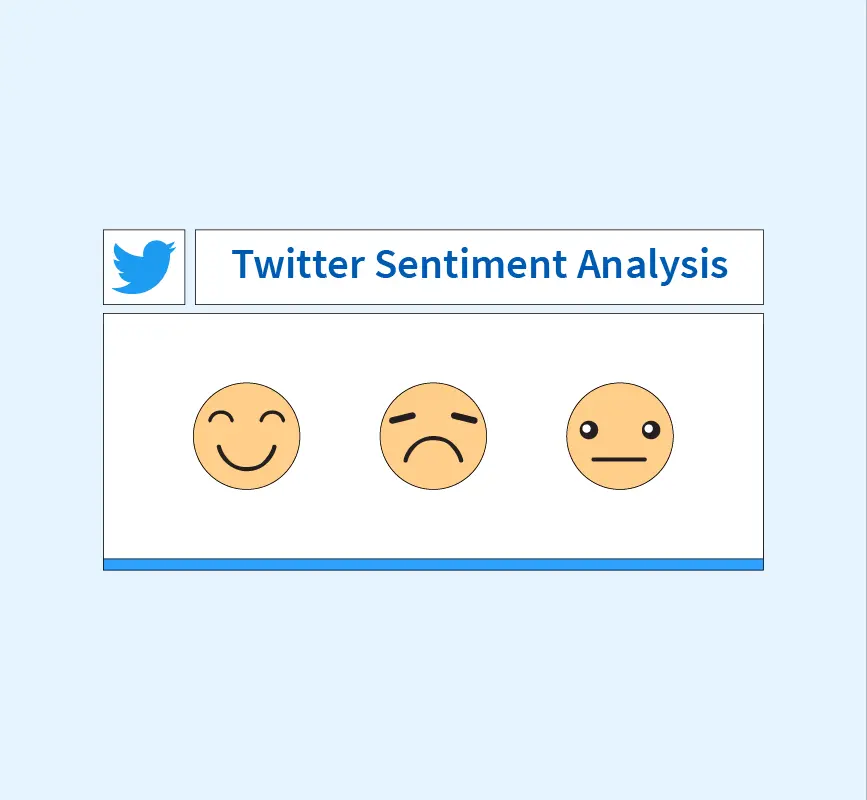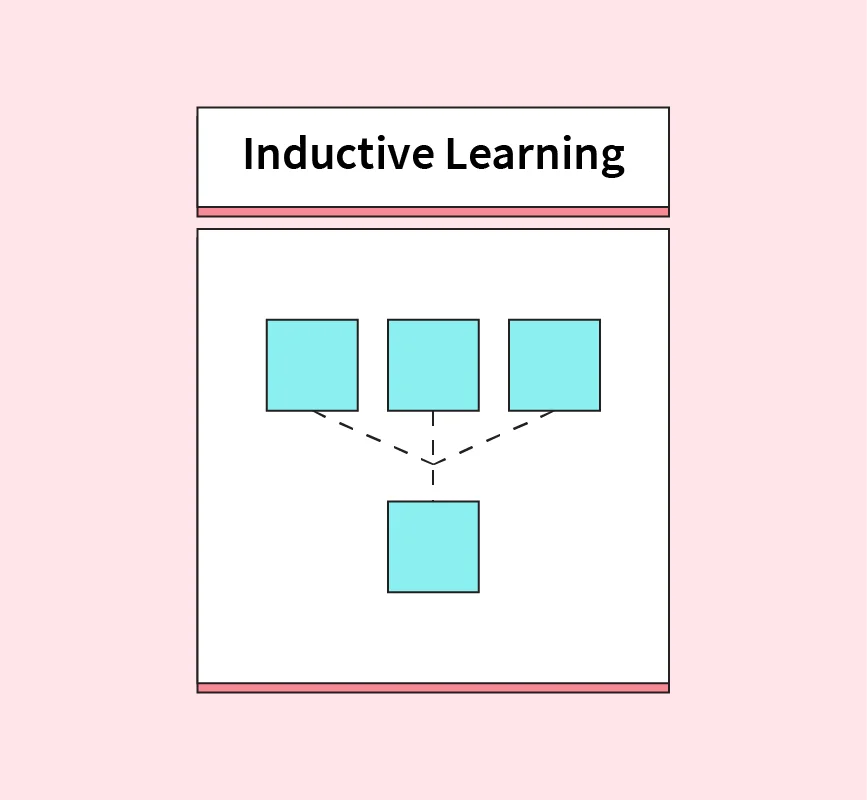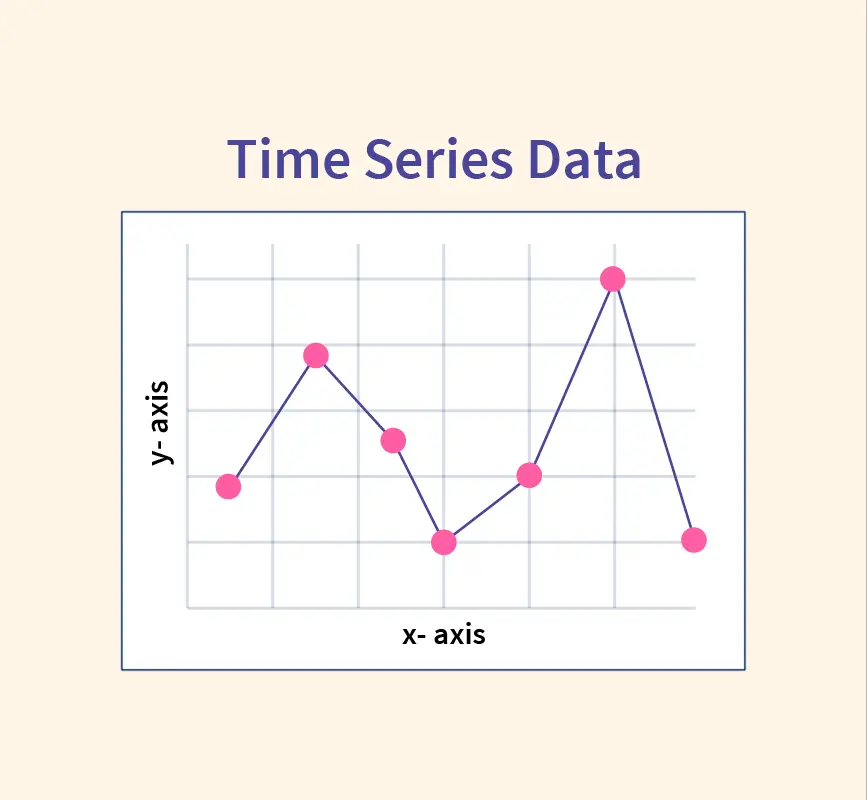Data mining is the process of extracting meaningful insights, patterns, and knowledge from large datasets using a combination of statistical, computational, and machine learning techniques. It enables organizations to uncover hidden relationships and trends within their data, providing a foundation for informed decision-making.
The primary objective of data mining is to identify patterns, predict outcomes, and gain actionable intelligence from data. As a critical component of the broader field of data science, data mining intersects with disciplines like statistics, artificial intelligence, and database management to derive value from vast volumes of information.
Popular Data Mining Techniques
- Association: Identifies relationships between variables in datasets, such as market basket analysis to determine product combinations frequently purchased together.
- Clustering: Groups data points with similar characteristics, useful in customer segmentation or image recognition.
- Classification: Assigns data into predefined categories using techniques like decision trees or neural networks.
- Prediction: Uses historical data to forecast future trends, such as predicting customer churn or sales revenue.
- Sequential Pattern Mining: Detects sequential relationships in data, such as patterns in user behavior over time.
Data mining is a cornerstone of modern technology, enabling solutions for real-world challenges across industries like healthcare, finance, marketing, and retail. By turning raw data into actionable insights, it drives efficiency, innovation, and strategic growth.
Major Applications of Data Mining in 2025
Data mining is a transformative technology that enables organizations to uncover valuable insights, predict trends, and make data-driven decisions. Let’s explore its applications in greater detail across various industries:
1. Healthcare
Data mining has reshaped healthcare by improving diagnostics, personalizing treatments, and streamlining operations.
- Predictive Analytics for Diagnosis: Advanced algorithms analyze patient data to predict the likelihood of chronic illnesses, such as diabetes or heart disease. Early detection allows healthcare providers to take preventive measures, reducing mortality rates.
- Treatment Personalization: By analyzing genetic information and medical histories, healthcare providers create customized treatment plans for individual patients. This is especially useful in fields like oncology and precision medicine.
- Operational Efficiency: Hospitals use data mining to predict patient admission rates, optimize resource allocation, and manage staffing more effectively.
Example: Predictive analytics has helped hospitals reduce emergency room wait times by identifying peak hours and staffing needs.
2. Finance and Banking
In finance, data mining enhances decision-making, improves customer experiences, and ensures security.
- Fraud Detection: Anomaly detection techniques analyze transaction patterns in real time to identify unusual activities, minimizing fraudulent transactions.
- Risk Management: Predictive models assess credit risk by analyzing historical data, enabling banks to make informed lending decisions.
- Customer Personalization: Financial institutions use data mining to segment customers and provide tailored financial products, such as investment plans or insurance policies.
Example: Credit card companies rely on real-time fraud detection systems powered by data mining to prevent unauthorized transactions and safeguard customer assets.
3. Retail and E-Commerce
Retailers and e-commerce platforms leverage data mining to enhance customer engagement and optimize supply chains.
- Market Basket Analysis: This technique identifies product combinations frequently purchased together, enabling businesses to design effective promotions and bundling strategies.
- Personalized Recommendations: Data mining analyzes browsing behavior, purchase history, and preferences to offer tailored product suggestions, boosting sales and customer satisfaction.
- Demand Forecasting: Predictive analytics helps retailers maintain optimal inventory levels by anticipating demand fluctuations, reducing both overstock and shortages.
Example: Amazon’s recommendation engine, powered by data mining, contributes significantly to its sales by suggesting relevant products to customers.
4. Telecommunications
Telecommunications companies use data mining to enhance service quality and improve customer retention.
- Customer Churn Prediction: Analyzing usage patterns and customer behavior helps identify users likely to switch providers. Telecom operators can then implement personalized retention strategies, such as offering discounts or better plans.
- Network Optimization: Data mining helps monitor network performance and detect bottlenecks, ensuring uninterrupted service.
- Usage Insights: Understanding customer behavior enables companies to develop targeted plans, such as offering high-data packages to heavy users.
Example: Telecom giants use data mining to predict peak usage times and allocate resources effectively to prevent network congestion.
5. Education
In the education sector, data mining facilitates personalized learning and institutional improvements.
- Student Performance Analysis: Data mining tools help educators track student progress and identify those at risk of falling behind. This allows for timely intervention and improved outcomes.
- Customized Learning: Adaptive learning platforms analyze individual learning patterns to provide personalized educational content, ensuring effective knowledge retention.
- Resource Management: Schools and universities use data mining to allocate resources, such as classroom assignments and faculty schedules, efficiently.
Example: Educational platforms like Khan Academy use data mining to adapt lesson plans based on students’ progress and engagement levels.
6. Marketing and Advertising
Data mining is an essential tool for modern marketing, enabling precise targeting and better ROI.
- Customer Segmentation: Marketers use data mining to categorize audiences based on demographics, buying habits, and interests, tailoring campaigns to specific groups.
- Behavior Prediction: Historical data helps predict customer actions, such as purchase decisions, enabling businesses to anticipate needs and create proactive strategies.
- Optimized Ad Placements: Clickstream data and user behavior insights help identify the best platforms and timings for ad placements.
Example: Social media platforms like Facebook and Instagram utilize data mining to deliver personalized ads that align with user interests, increasing engagement and conversion rates.
7. Fraud Detection and Security
Organizations across industries leverage data mining to strengthen security and combat fraud.
- Anomaly Detection: Data mining identifies irregularities in financial transactions, such as sudden large withdrawals or unusual account activity, which may indicate fraud.
- Intrusion Prevention: Cybersecurity tools powered by data mining analyze system logs to detect and prevent potential cyberattacks.
Example: Financial institutions deploy real-time fraud monitoring systems to alert customers about suspicious activity, reducing financial losses and enhancing trust.
8. Supply Chain Management
Supply chain operations benefit significantly from data mining, which enhances efficiency and reduces costs.
- Logistics Optimization: Analyzing historical data helps businesses streamline logistics by identifying optimal routes and delivery schedules.
- Bottleneck Resolution: Data mining identifies inefficiencies in supply chain processes, enabling proactive solutions.
- Inventory Management: Predictive analytics ensures that businesses stock the right products at the right time, minimizing waste and stockouts.
Example: Walmart uses data mining to optimize its supply chain, ensuring timely restocking and reducing operational costs.
9. Sports and Entertainment
Data mining plays a vital role in enhancing performance analysis and audience engagement.
- Player Performance Analysis: Coaches analyze player statistics to devise strategies that maximize team performance.
- Audience Personalization: Streaming platforms use data mining to recommend content based on viewing history and preferences, boosting user satisfaction.
Example: Platforms like Netflix and Spotify use data mining to curate personalized playlists and recommendations, keeping users engaged.
10. Criminal Investigation and Law Enforcement
Law enforcement agencies use data mining to improve public safety and allocate resources efficiently.
- Crime Pattern Analysis: Historical crime data is analyzed to identify hotspots and recurring trends, aiding in better resource deployment.
- Predictive Policing: By predicting where crimes are likely to occur, authorities can take preventive measures to deter criminal activities.
Example: Police departments worldwide use predictive analytics to optimize patrol routes and allocate resources effectively in high-crime areas.
Key Data Mining Techniques in Applications
Data mining relies on various techniques to extract insights and solve real-world problems. Here are the key techniques commonly used in applications across industries:
1. Association: This technique identifies relationships between variables within a dataset. For example, market basket analysis in retail uses association to determine products frequently purchased together, enabling businesses to design effective bundling strategies and promotions.
2. Clustering: Clustering groups similar data points based on shared characteristics, making it useful for customer segmentation in marketing. Businesses can create tailored campaigns by identifying distinct groups within their audience, such as budget-conscious shoppers or frequent buyers.
3. Classification: Classification assigns labels to data based on predefined categories. It is widely used in fraud detection, where transactions are classified as fraudulent or legitimate. Algorithms like decision trees and support vector machines are often employed for this purpose.
4. Prediction: This technique forecasts future outcomes based on historical data. For instance, businesses use prediction models for sales forecasting, enabling them to anticipate demand and manage inventory effectively.5. Sequential Patterns: Sequential pattern mining identifies recurring patterns over time, such as consumer purchase behaviors. For example, analyzing the sequence of products purchased over multiple visits can help businesses develop more personalized recommendations.
Conclusion
Data mining has proven to be a transformative tool, driving innovation and efficiency across diverse industries such as healthcare, finance, retail, and education. Its ability to uncover valuable insights from vast datasets empowers organizations to make informed decisions, optimize processes, and predict future trends effectively.
By leveraging data mining techniques, businesses can unlock new opportunities, enhance customer experiences, and maintain a competitive edge in today’s data-driven world. To thrive in an ever-evolving landscape, organizations must embrace data mining as a strategic priority for innovation and sustained growth.
Read More:
References:


